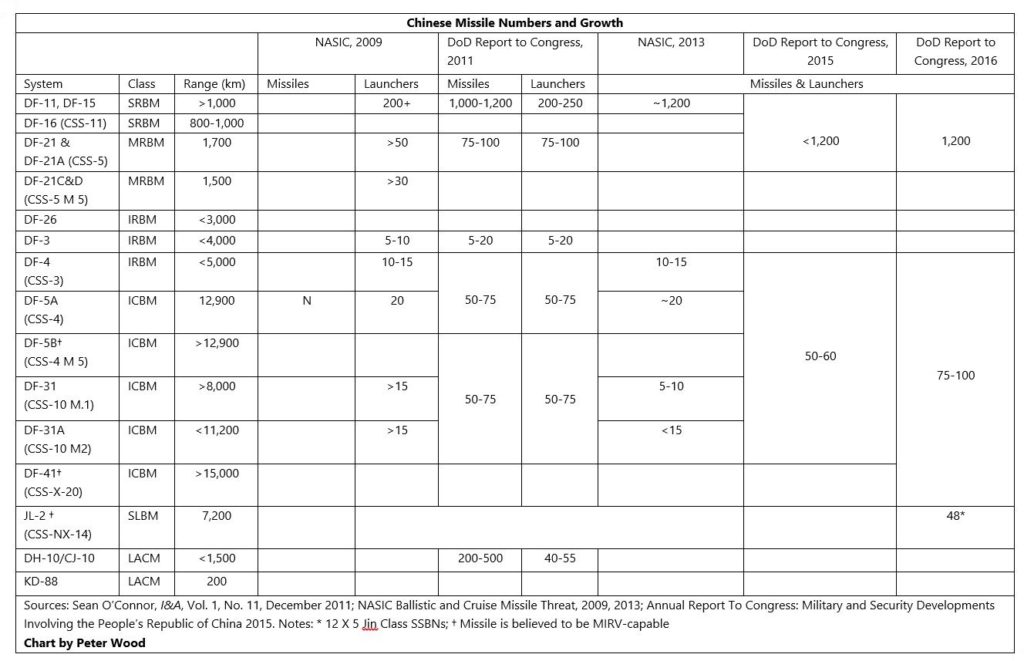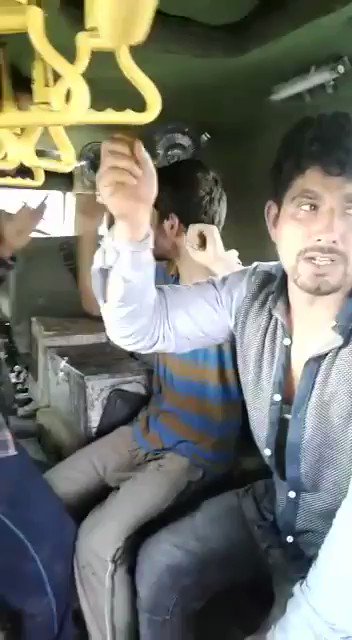SOURCE:
http://www.defencenews.in/article.aspx?id=251716
'2017 should be Moosa's last Summer' : INDIAN ARMY
Zakir Rashid Bhatt alias Moosa, who is the divisional commander of the South Kashmir area for Hizbul Mujahideen after Wani died
'2017 should be his last summer': Indian Army continues fight against militant groups in Kashmir
- They claim to be closing in on Zakir Rashid Bhatt, the Hizbul Mujahideen successor of Wani
- Security forces, including the Jammu and Kashmir police, CRPF and the Army units, are operating in the Valley
- 'As per the intelligence that we have been getting, 2017 should be [Bhatt's] last summer,' sources in the Army said
- By
22 April 2017
Undeterred by the ongoing protests, the security forces in Kashmir valley are closing in on the leadership of militant groups and are chasing their top guns, including the successor of slain Hizbul Mujahideen militant Burhan Wani.
Security forces, including the Jammu and Kashmir police, CRPF and the Army units operating in the Valley, have been successful in eliminating some of the heads of terror groups in the last few months, like the dreaded Lashkar terrorist Hamas, who was killed during an encounter in Tral last month.
'We are chasing the terrorist leadership including Wani's successor Zakir Rashid Bhatt alias Moosa, who is the divisional commander of the South Kashmir area for Hizbul Mujahideen after Wani.
'As per the intelligence that we have been getting, 2017 should be his last summer,' sources in the Army said.
Moosa, a resident of Tral area, has an engineering degree and is an expert in usage of social media which helped him be elevated as the successor to Wani.
LeT's Abu Dujana escaped from forces twice in recent months
'However, Moosa is not popular the way Wani was because he is known to be rough with his own people and has made many enemies within his own tanzeem after manhandling some of them in the recent times,' they said.
Some of the informers cultivated in his native village by the troops had passed on the information to security forces about his visit to his family in Noorpura village in Tral last month.
'The information was accurate as he did go to meet his family but we missed him by a couple of minutes as he ran away from there,' the sources said.
With terrorist groups and separatists luring locals with money for protests and stone pelting, forces feel that it won't be very difficult to get accurate intelligence about these terrorists.
Forces believe they would be able to eliminate their targets as they were successful earlier with Majid Zaragar, Aquib Bhatt of Tral and Hamas of the LeT which would help them break the central leadership and hit the morale of terror groups.
Another top target on the list of security forces is the Kashmir commander of the Lashkar-e-Toiba, Abu Dujana, who has had a long run in the valley as a terrorist and has managed to escape from the grip of security forces on at least two occasions in the last four months.
'In December, we had received a tip-off that he was hiding inside a particular house in the Bejbehara area in the Anantnag district and he was surrounded by the forces in the house.
'The gun battle started in the middle of the night but he managed to escape from there under the cover of darkness,' the sources said.
Security forces, including the Jammu and Kashmir police, CRPF and the Army units operating in the Valley, have been successful in eliminating some of the heads of terror groups in the last few months (file pic)
This has not been the only time when the dreaded terrorist has managed to escape from the security forces as during a recent search operation on the highway in Pulwama district, he managed to run away despite accurate intelligence.
'An input was received that he would be travelling in a Maruti Alto car passing through Pulwama where checks were carried out on the vehicles plying on the road.
'The particular car was intercepted but by that time, Dujana had got the inkling about a trap laid for him and managed to escape in a hurry as his personal mobile phone was recovered from the car,' the sources said.
Dujana is also considered to be a master of deception as he was earlier believed to be killed in the encounter in south Kashmir's Anantnag district but it was found later that he had only circulated the rumour about himself.
The third terrorist on the hit list is the Hizbul Kashmir commander Yaseen Itto, who was made to return from Pakistan to carry out anti-India activities by the Hizbul Mujahidden commander-in-chief Sayyed Salahauddin.
Before his arrival in Kashmir, Salahuddin started spreading rumours about the death of Itto but it was found to be incorrect later on as he resurfaced in the valley many times after that.













